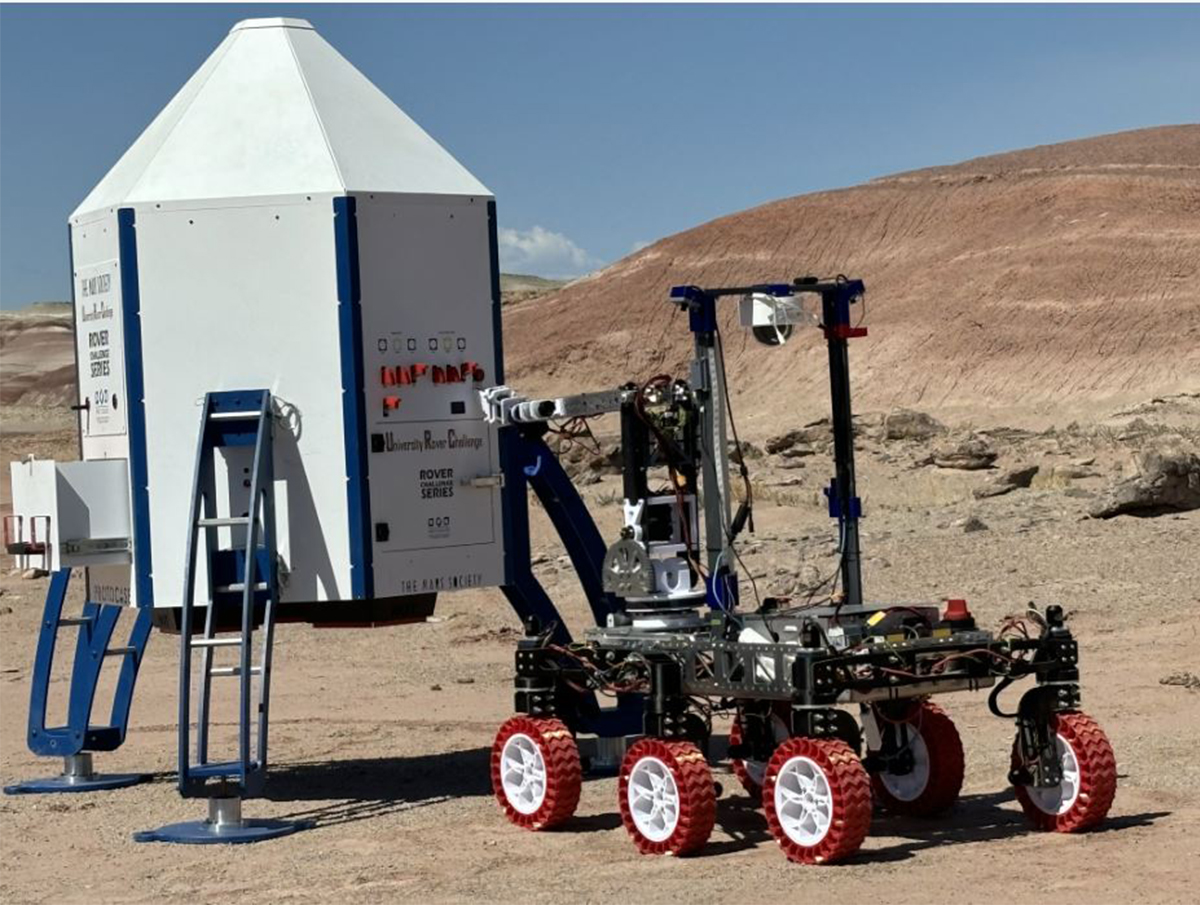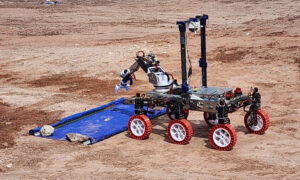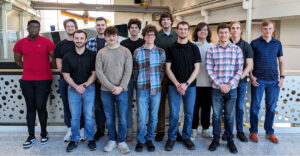New heights without leaving the ground: M:2:I MAVRIC rover team notches best finish in international competition
Author: aere_marisc
Author: aere_marisc

It was a best-ever result for the Department of Aerospace Engineering’s Make To Innovate (M:2:I) Mars Rover Team, “MAVRIC,” in the 2024 University Rover Challenge (URC), the world’s premier robotics competition for college students.
The MAVRIC (Mars Analog Vehicle for Robotic Inspection and Construction) team was one of 102 from 15 countries that entered the 2024 competition, and one of 38 that made the cut to become a finalist. Student teams are tasked with designing and building the next generation of a speculative Mars rover that would one day work alongside astronauts exploring the Red Planet.

Teams compete in four separate missions (Science, Delivery, Equipment Servicing, and Autonomous Navigation). Mission scores are combined with scores from an earlier design review to tabulate the final standings. To qualify for the competition, teams must submit a preliminary design review that includes a written report and video demonstration of their rover. The competition is held at the Mars Desert Research Station in Hanksville, Utah – a site that offers terrain that simulates the surface of Mars.
MAVRIC’s systems team leader for the competition was Nathan Logston, a senior in aerospace engineering. “This was my first time going to the competition with MAVRIC, so it was a very new experience to me,” Logston said. “I’m proud of the work my team has done with the autonomous navigation task. It required us to plug in GPS waypoints and have the rover navigate all on its own to a destination. In previous years, the team struggled in this area. But this year we scored the highest we’ve ever done, reaching three waypoints. This put us ahead of several high-profile teams.”

The ISU team came home with even more ambitions for next year. “In the future, I’d really like to see MAVRIC continue the competitive spirit and take another shot at next year’s competition,” Logston said. “Overall, we got very positive feedback from judges about our team coordination and programmatic approach to each task. Our approaches to each problem brought out the best of the team.” See the full scoring chart from the 2024 competition.
First launched in 2006, URC continues to consistently draw an international field of the most talented and promising students pursuing the space industry.
The M:2:I program is a for-credit course and offers Iowa State undergraduate students from all majors the opportunity to participate in a team environment to engage in hands-on projects that enhance their understanding of engineering fundamentals that are learned in the classroom. In the 2023-24 academic year 14 different teams took part in the program, working in a wide variety of projects that included aircraft flight, aircraft design, rocketry, a cube satellite, high-altitude ballooning and more.